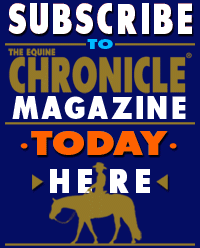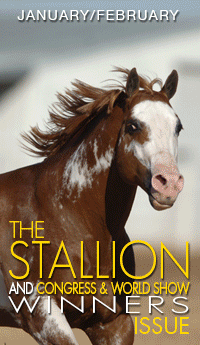Tips For Equine Businesses During COVID-19 Crisis- Think “Strangles Protocol”
April 6, 2020 Comments Off on Tips For Equine Businesses During COVID-19 Crisis- Think “Strangles Protocol”
Let’s think about how you would respond if a horse contracted Strangles in your barn. First, you would close the barn to new horses to prevent infection, ie. social distancing. You would make sure to disinfect anything that has come into contact with an infected horse, ie. wash your hands, use hand sanitizer, don’t touch your face. You wouldn’t take an infected horse to an event where it might come into contact with others and spread the disease, ie. stay at home.
Continue reading …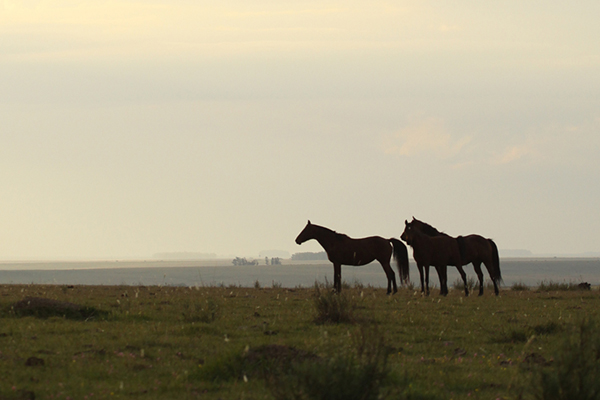
Proper vaccination is the foundation of an effective equine biosecurity program when used in conjunction with parasite control, good nutrition and promoting a low-stress environment. These components are key to protecting American Quarter Horses from infectious diseases. Utilizing the AQHA Disease Information Hub, powered by Zoetis, horse owners can better understand the best course of action on how to meet their horse’s needs.
Continue reading …Partnering Through a Pandemic: Penn Vet’s New Bolton Center Launches Innovative Telehealth Service Amid COVID-19
April 4, 2020 Comments Off on Partnering Through a Pandemic: Penn Vet’s New Bolton Center Launches Innovative Telehealth Service Amid COVID-19
The service offers both teleconsultations, allowing on-site veterinarians in the field to collaborate with New Bolton Center specialists to address patient needs, as well as telemedicine appointments, enabling New Bolton Center Field Service veterinarians to conduct ‘virtual visits’ with patients while following best practices of social distancing.
Continue reading …CARES Act Addresses Horse Industry Concerns
April 3, 2020 Comments Off on CARES Act Addresses Horse Industry Concerns
Self-employed professionals such as trainers and other independent contractors impacted by economic disruptions, including event cancellations, caused by “social distancing” should find this provision helpful.
Continue reading …EC TV- COVID-19 Schooling Survival Guide- Horsemanship Video Instruction
April 3, 2020 Comments Off on EC TV- COVID-19 Schooling Survival Guide- Horsemanship Video Instruction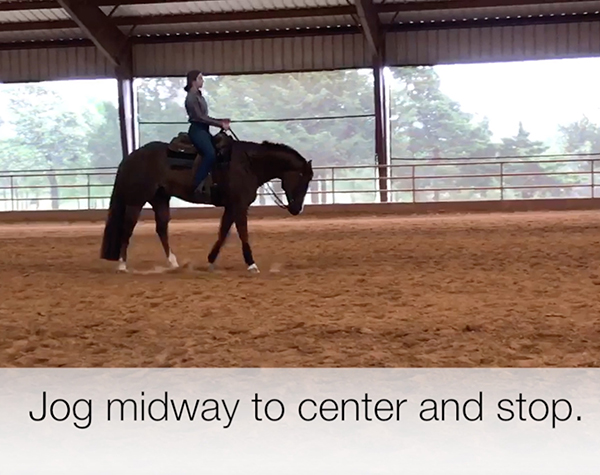
By now, you’ve had a chance to review our COVID-19 Schooling Survival Guide- Horsemanship with Arturo Maestas. Now, we have the video companion to this piece with the pattern being performed by Kaitlyn Smith riding Ona Kruze, under the guidance of Gillespie Show Horses.
Continue reading …Small Business Owner’s Guide to the CARE Act
April 2, 2020 Comments Off on Small Business Owner’s Guide to the CARE Act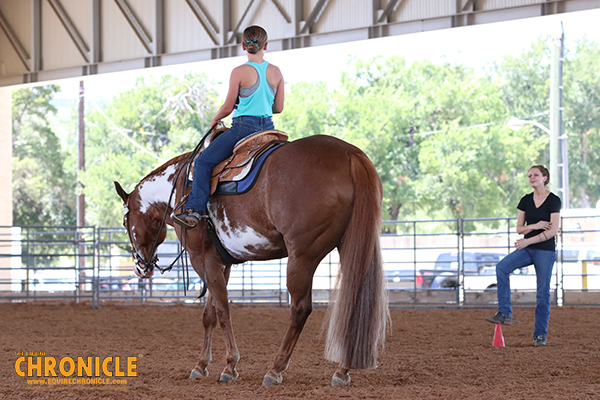
By now, You’ve likely heard of the CARE Act- a group of programs and initiatives passed by Congress. CARE stands for the Coronavirus Aid, Relief, and Economic Security Act. But government programs can often be confusing. Thankfully, the US Senate Committee On Small Business and Entrepreneurship has created an easy to understand guide about the […]
Continue reading …Survey on the Effects of Coronavirus Pandemic on Horse Owners
March 31, 2020 Comments Off on Survey on the Effects of Coronavirus Pandemic on Horse Owners
With COVID-19 impacting equine activities worldwide, Flair, LLC has teamed up with Dr. David Marlin and Science Supplements USA to develop a survey for those located in the US and Canada to better understand the effects of COVID-19 on horse owners, riders, trainers, grooms, stable managers, and other equestrian professionals. The survey takes approximately 5 minutes and asks for no personal information. We plan to use the information gathered to produce targeted advice on how to care for our horses during these unprecedented times.
Continue reading …COVID-19 Schooling Survival Guide- Horsemanship With Arturo Maestas
March 31, 2020 Comments Off on COVID-19 Schooling Survival Guide- Horsemanship With Arturo Maestas
Because this pattern “tracks back on itself,” and has the horse and rider cross their original line of travel, the first line you make will be important as it will affect the future placement of every following transition.
Continue reading …House Passes Coronavirus Aid Relief and Economic Security (CARES) Act, Addresses Many Horse Industry Concerns
March 30, 2020 Comments Off on House Passes Coronavirus Aid Relief and Economic Security (CARES) Act, Addresses Many Horse Industry Concerns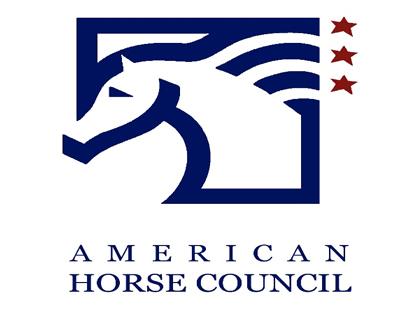
Because most equine enterprises characterize themselves as small businesses and include many non-profits such as state associations and equine rescue operations, the package addresses many challenges facing the horse industry. The following are highlights, with more details to follow after President Trump signs the bill into law.
Continue reading …Equine Disease Communication Center Launches Equine Coronavirus and COVID-19 Resources
March 29, 2020 Comments Off on Equine Disease Communication Center Launches Equine Coronavirus and COVID-19 Resources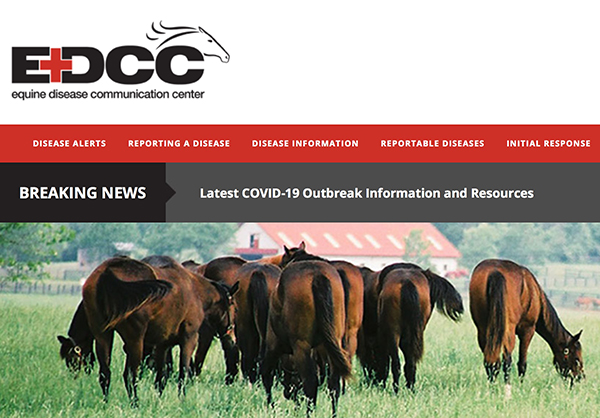
The EDCC’s COVID-19 resource page features fact sheets to help owners explain the differences between equine coronavirus (ECoV) and COVID-19 as well as needed tools to stay up to date on the latest information. Users will be able to download and print off fact sheets and educational materials that can be posted in barns and facilities.
Continue reading …





